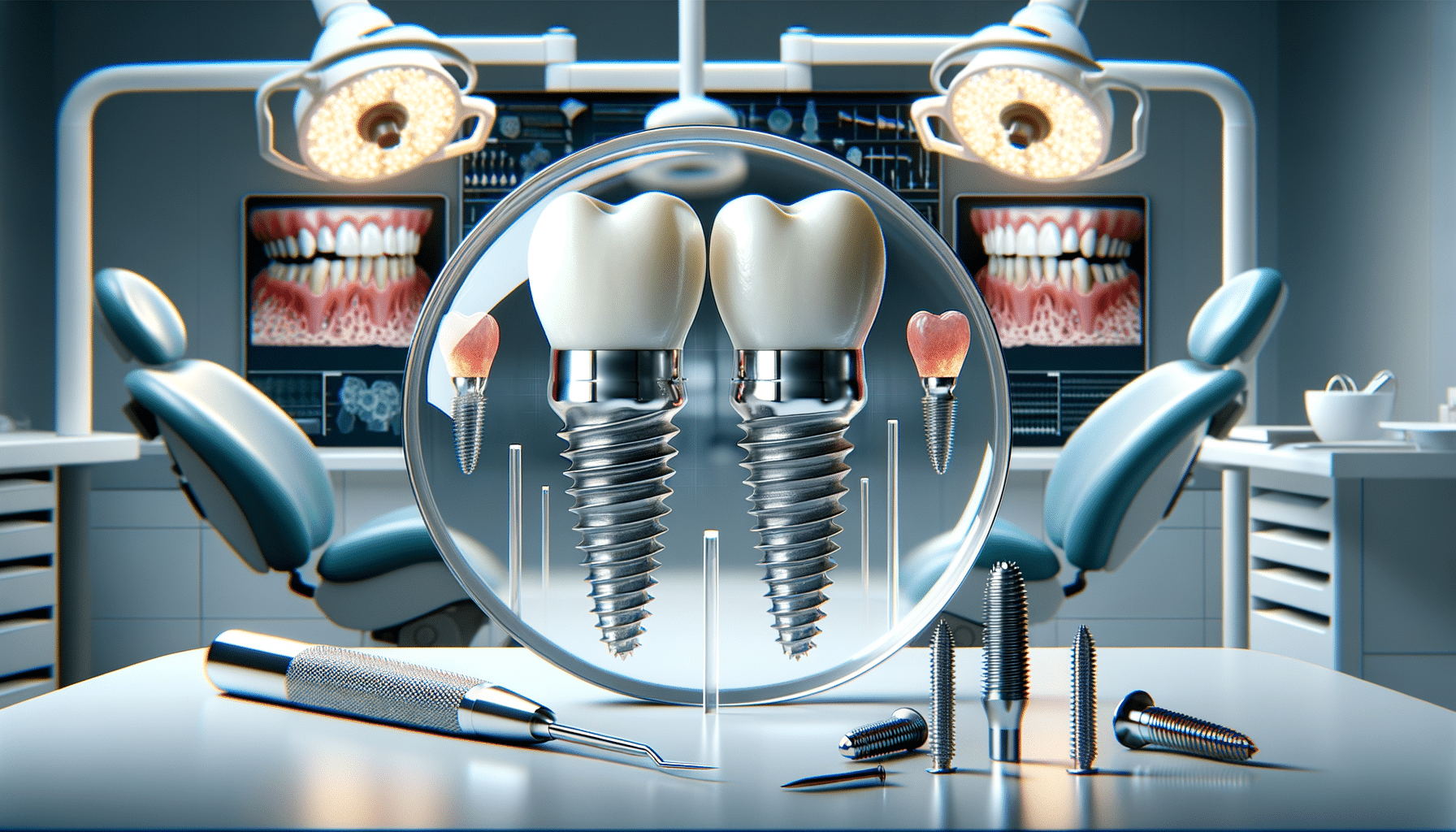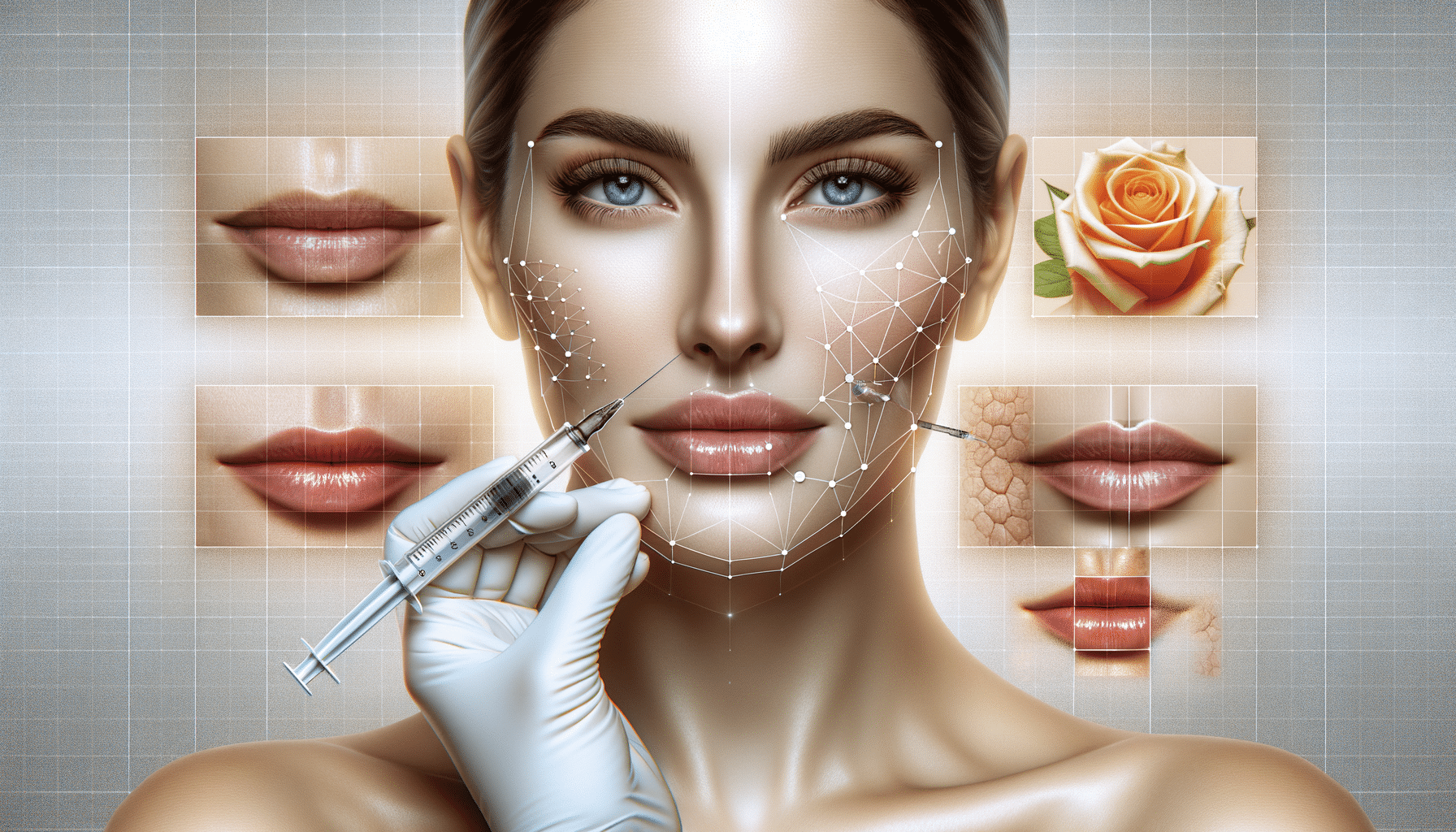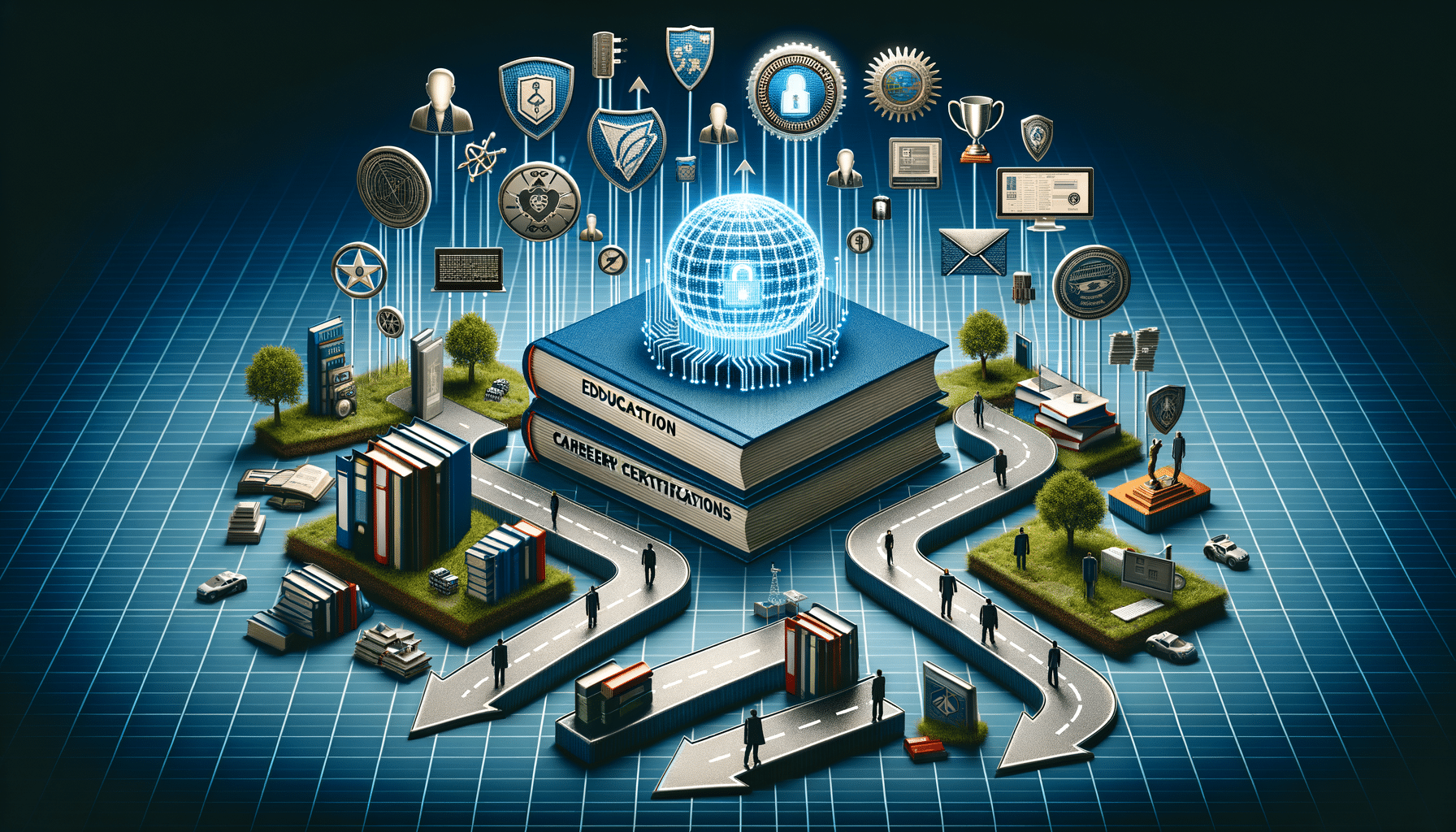
The Future of Dental Implants: Cutting-Edge Screw-less Technology
The Evolution of Dental Implants
Dental implants have long been heralded as a transformative solution in oral health, offering a durable and natural-looking alternative to missing teeth. Traditionally, the process of dental implantation involves the use of screws to secure the implant into the jawbone. This method, while effective, can sometimes lead to complications such as infection or discomfort. Over the years, the field of dentistry has seen significant advancements, leading to the development of screw-less implants, which are rapidly gaining popularity.
Screw-less implants offer several advantages over their traditional counterparts. By eliminating the need for screws, these implants reduce the risk of infection and provide a more comfortable experience for the patient. Additionally, the procedure for placing screw-less implants is often less invasive, resulting in quicker recovery times. This innovation represents a significant leap forward in dental technology, making implants more accessible and appealing to a broader range of patients.
The introduction of screw-less implants is part of a broader trend towards more patient-friendly dental solutions. As technology continues to advance, dental professionals are increasingly able to offer treatments that are not only effective but also minimally invasive and tailored to individual patient needs. This evolution reflects a growing recognition of the importance of patient comfort and the desire to provide high-quality care that meets the diverse needs of the population.
Screw-less Implants: A Game Changer in Modern Dentistry
The advent of screw-less implants marks a pivotal moment in modern dentistry. Unlike traditional implants that rely on screws for stability, screw-less implants use a unique design that allows them to be anchored securely without the need for additional hardware. This innovative approach has several benefits, making it an attractive option for both dentists and patients.
One of the primary advantages of screw-less implants is their simplicity. The design of these implants allows for easier placement, reducing the complexity of the procedure and minimizing the risk of complications. Patients often experience less pain and discomfort, as the process is less invasive compared to traditional methods. Furthermore, the recovery period is typically shorter, allowing patients to return to their normal activities more quickly.
Another significant benefit of screw-less implants is their aesthetic appeal. The absence of visible screws results in a more natural appearance, which is a crucial factor for many patients seeking dental restoration. Additionally, the materials used in screw-less implants are often biocompatible, reducing the risk of rejection and ensuring long-term success.
- Reduced risk of infection and complications
- Less invasive procedure with quicker recovery
- Enhanced aesthetic outcomes
- Biocompatible materials for long-term success
Screw-less implants represent a significant advancement in dental technology, offering a solution that is both effective and patient-friendly. As more dental professionals adopt this technology, it is likely to become a standard option for those seeking dental implants.
The Role of Technology in Shaping Modern Dentistry
Technology plays a crucial role in shaping the landscape of modern dentistry. From digital imaging to 3D printing, technological advancements are revolutionizing the way dental care is delivered. These innovations are not only improving the quality of care but also enhancing the patient experience by making treatments more efficient and less invasive.
One of the most significant technological advancements in dentistry is the use of digital imaging. This technology allows for more accurate diagnoses and treatment planning, leading to better outcomes for patients. Digital imaging provides detailed views of the oral cavity, enabling dentists to identify issues that may not be visible during a standard examination. This precision is particularly beneficial when planning complex procedures such as the placement of dental implants.
3D printing is another technological innovation that is transforming dentistry. By allowing for the creation of custom dental appliances, 3D printing offers a level of personalization that was previously unattainable. This technology is particularly useful in the production of screw-less implants, as it allows for the creation of implants that are tailored to the unique anatomy of each patient.
- Improved accuracy with digital imaging
- Personalized treatment with 3D printing
- Enhanced patient experience with less invasive procedures
- Faster recovery times with advanced materials
As technology continues to evolve, the field of dentistry will undoubtedly see further advancements that will enhance the quality of care and improve patient outcomes. The integration of cutting-edge technologies like screw-less implants is just one example of how modern dentistry is adapting to meet the needs of today’s patients.
Conclusion: Embracing the Future of Dental Care
The field of dentistry is undergoing a remarkable transformation, driven by innovations such as screw-less implants and other technological advancements. These developments are not only enhancing the quality of care but also making dental treatments more accessible and patient-friendly. As we look to the future, it is clear that the integration of technology will continue to play a pivotal role in shaping the landscape of dental care.
For patients, these advancements mean more options and better outcomes. Whether you’re considering dental implants or exploring other treatment options, the future of dental care promises a more comfortable and effective experience. By embracing these innovations, dental professionals are paving the way for a new era of oral health care that prioritizes patient well-being and satisfaction.


